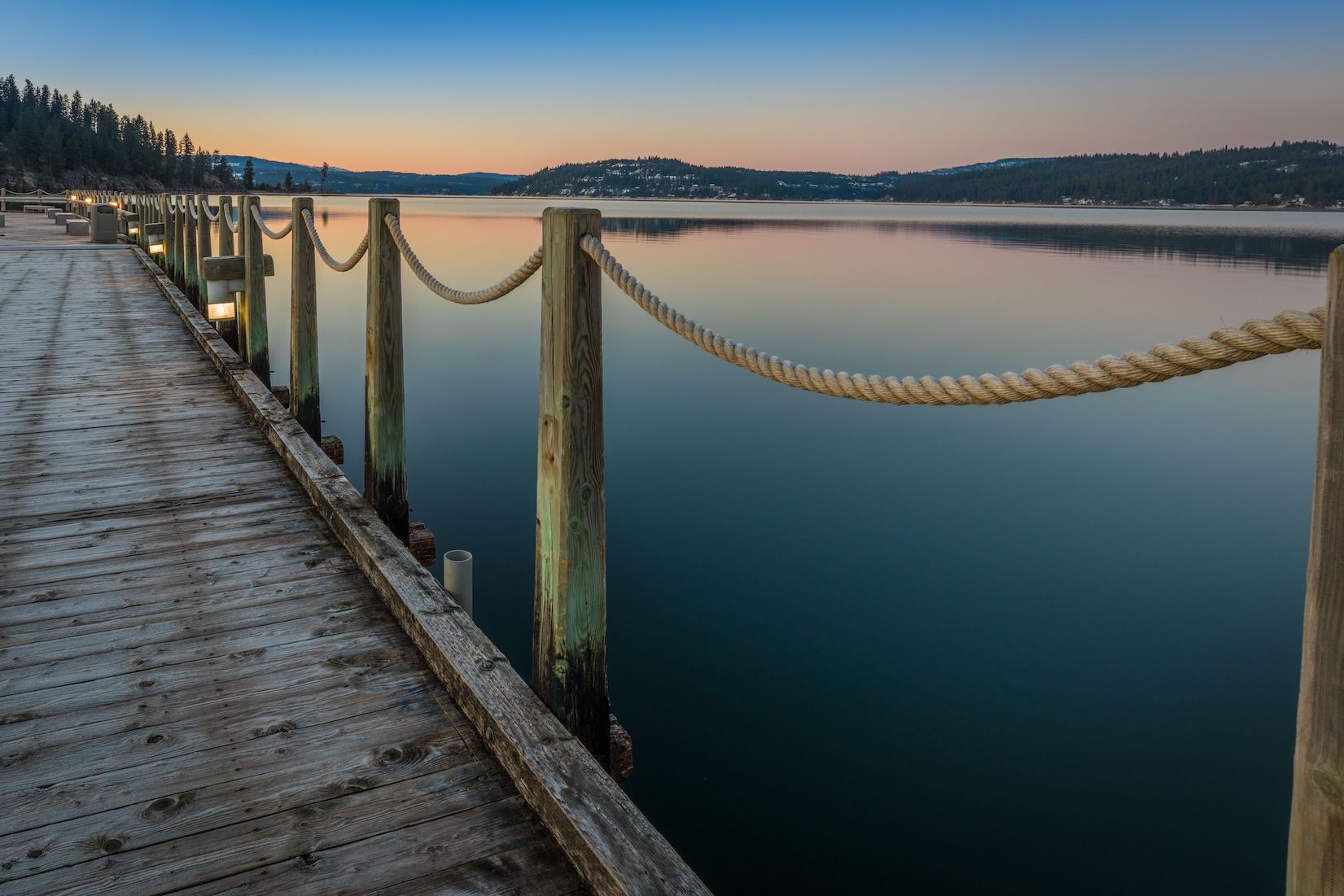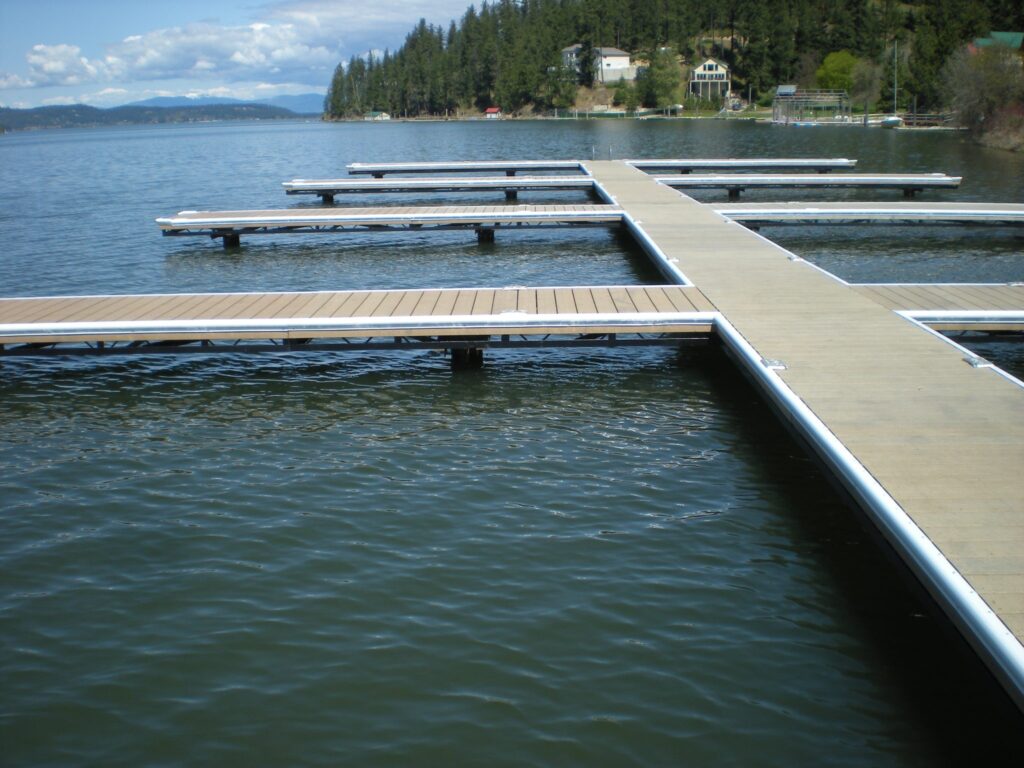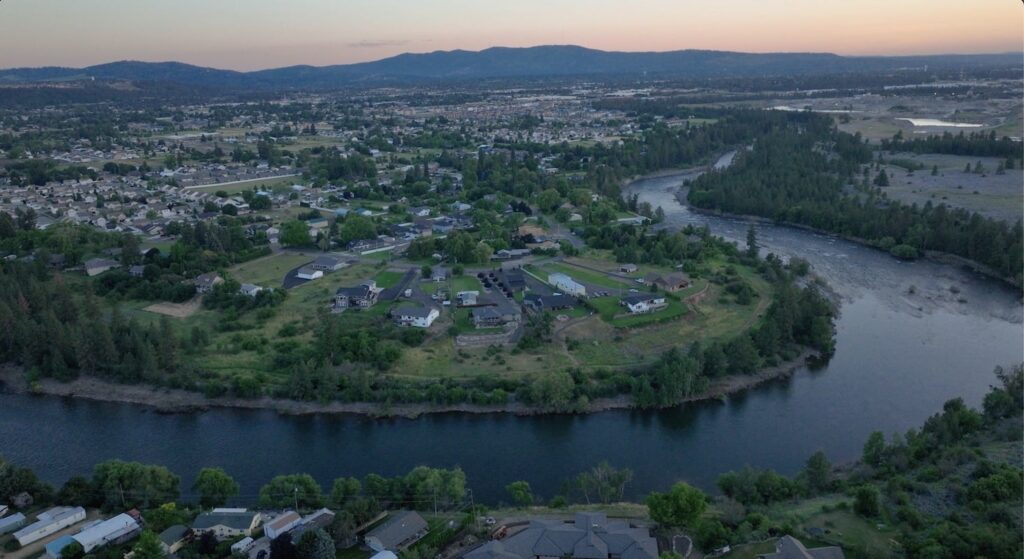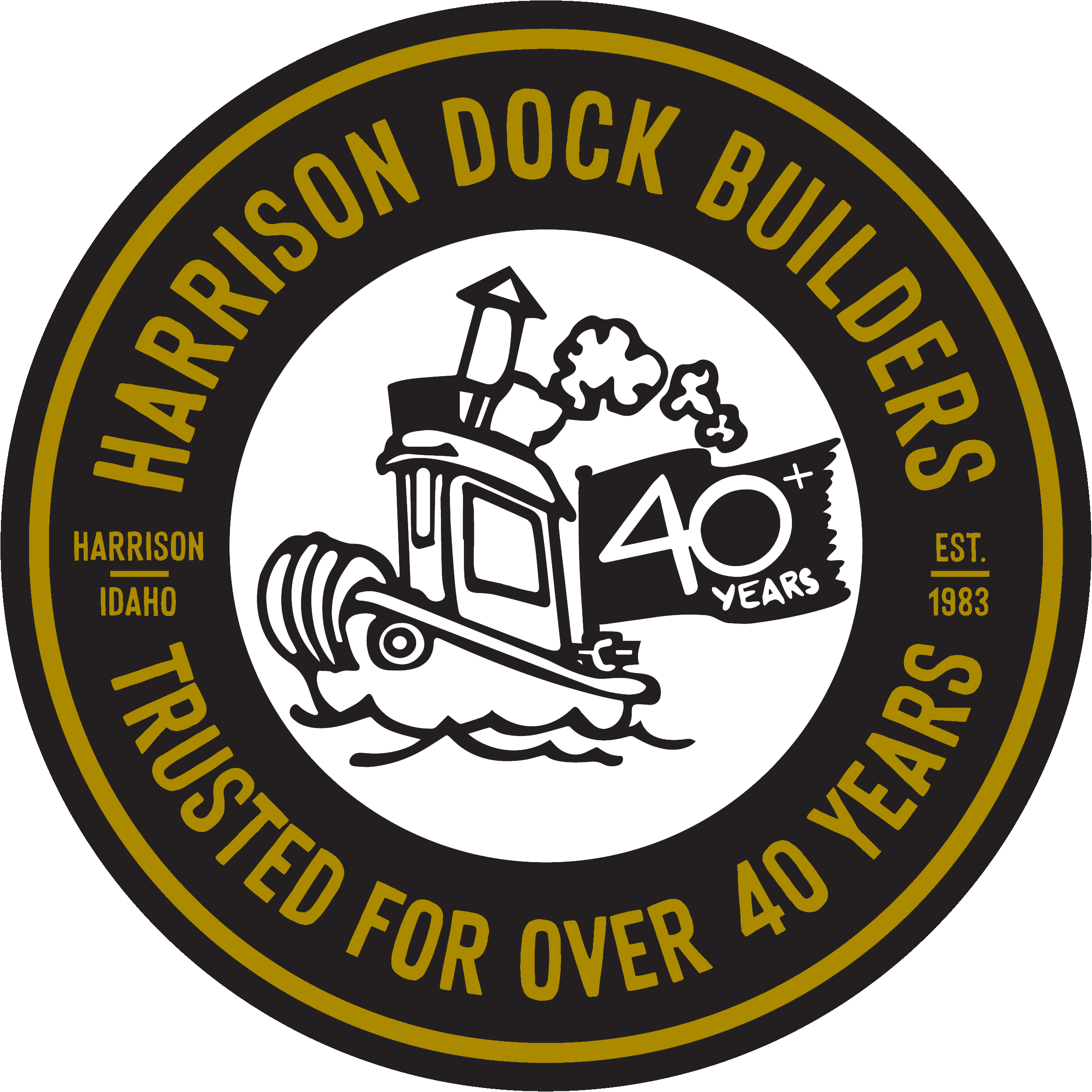The pristine setting of Coeur d’ Alene Lake and it majestic surroundings make it one of the most beautiful lakes in the world. Coeur d’Alene Lake covers more than 30,000 surface acres, is 26 miles long, varies from 1 to 3 miles wide and has 109 miles of shoreline.
For us at HDB Marine, Lake Coeur d’Alene represents more than just a scenic location; it’s a canvas for our craftsmanship. Whether you’re looking to build a custom dock or create a stunning marina, we understand the unique challenges and opportunities this stunning lake presents. With decades of experience, we’ve mastered the art of blending functionality with aesthetics to ensure your marine construction project not only withstands the rigors of this natural wonder but also complements its beauty.
From boating and fishing to swimming and leisurely cruises, Coeur d’Alene Lake offers a diverse range of experiences for water enthusiasts. We take pride in contributing to this vibrant community of lake lovers by providing top-notch marine construction solutions that harmonize with the pristine environment. When you choose HDB Marine, you’re not just partnering with marine construction experts; you’re entrusting your vision to professionals who understand and appreciate the unique charm of Coeur d’Alene Lake. Let us help you make the most of this incredible natural resource while preserving its beauty for generations to come.


Coeur d’Alene is a glacier formed lake whose depth was increased by the construction of the Post Falls Dam in 1906. The dam is now owned and operated by Avista Utilities for hydroelectric generation, flood control and irrigation. The water level of the lake is controlled naturally during the summer season, then Avista Utilities drops the level in the fall to create storage capacity for spring snow melt. The Coeur d’Alene Tribe owns the southern third of the lake. The EPA has ruled that the Tribe may set its own water-quality standards on its portion of the lake.
Sources for the lake include the St. Joe, St. Maries and the Coeur d’Alene Rivers. The lake flows outward through the Spokane River where it flows for 25 miles into East Central Washington.
Coeur d’Alene and its rivers have a diverse range of bottom conditions/materials, water depths, wave and wake environments, currents, spring debris issues. We consider each of these factors when developing a purpose driven design for HDB customers.
Mud, Sand & Clay: For these conditions, consider driven pile anchors and wood pilings for secure anchorage.
Gravel, Rock: In areas with gravel or rock, opt for driven pile anchors. Steel pipe piles with 10” – 12” diameter or custom sizes can be effective for stability.
Rock Bottom: In locations with a rock bottom, utilize cable & chain with concrete mass anchors for a robust anchoring solution.
Annual Fall Drawdown: Assess the potential grounding of the dock during the 7’ winter drawdown. Plan accordingly and contemplate options for winter storage.
Spring Flooding: Anticipate the impact of a spring flood with an additional +8’. Evaluate whether the dock will remain accessible, determine the appropriate pile length, and assess the risk of submersion for a fixed pier dock.
Sites with Frequent 3’ Plus Wave Conditions: Special design considerations are necessary for sites experiencing frequent waves of 3 feet or more.
Frequent Wake Conditions: Evaluate whether a floating dock will be constantly moving or undulating in areas with frequent wake conditions. Consider whether a fixed pier dock might offer a more user-friendly experience for dockside leisure activities.
Heavy Currents and Debris Flow in the Spring Season: If the site is prone to heavy currents and debris flow in the spring, consider incorporating a debris deflector into the design. Additionally, explore options for winter storage to mitigate potential issues.
Boat Mooring Design: When designing the dock, orient it so that boats are moored with their bows facing the current. This configuration enhances debris reflection and improves boat handling in challenging current conditions.

St. Joe, St. Maries and Coeur d’Alene Rivers: These rivers boast mud, sand, and clay banks, featuring strong spring currents and heavy debris flow during spring melt-off. Subject to spring floods reaching up to +7 feet and sustaining year-round currents, the preferred dock for these conditions is the HDB Cedar Log Dock, anchored with long wood or steel pilings. Designing the dock to orient boats facing upstream is the preferred configuration for optimal performance.
Spokane River: Is characterized by a hard river rock bottom. In this environment, steel pilings are preferred for their superior ability to penetrate the riverbed. The two most popular dock designs for this location are Fixed Pier and Floating Docks. Fixed Pier docks, especially those with bottom-mounted boat hoists, emerge as the top choice for sites with heavy boating traffic, as the fixed dock provides a stable platform unaffected by boat wakes.

Cage Code: 1H5B7 Duns: 195799333
Primary NAICS 237990, 326199
Secondary NAICS 238990, 332312, 332999

Address:
48401 S Hwy 97, Harrison, ID 83833
Mailing Address:
PO Box 8, Harrison, ID 83833